Bu Gia Map National Park (park) is a transitional area from the Central Highlands to the Southeast Delta. It is impossible to travel over 25,600 hectares of the park, but every day you can set foot on each cool green forest, each majestic waterfall, touch and hug the border marker and admire the scenery where the river divides the border, the feeling is not just cooling.
Admire the heritage of the forest
Ha Van Kien - an employee of the Center for Propaganda, Tourism and Rescue Conservation - Park Management Board, was our tour guide throughout the schedule of experiencing the natural landscape here. Kien said the first special thing to see in Bu Gia Map forest is the 39 heritage trees recognized by the Vietnam Association for Conservation of Nature and Environment.
The location of 39 heritage trees includes a population of 37 individual trees (200 - 400 years old) in plot 6, Sub-area 21 in the administrative - service subdivision of the garden, in Bu Gia Map commune; a Sop tree (over 350 years old) in plot 4 and a Tung tree (450 years old) in plot 3 in Sub-area 27 in the ecological restoration subdivision of the garden in Dak O commune, Bu Gia Map district, Binh Phuoc province.
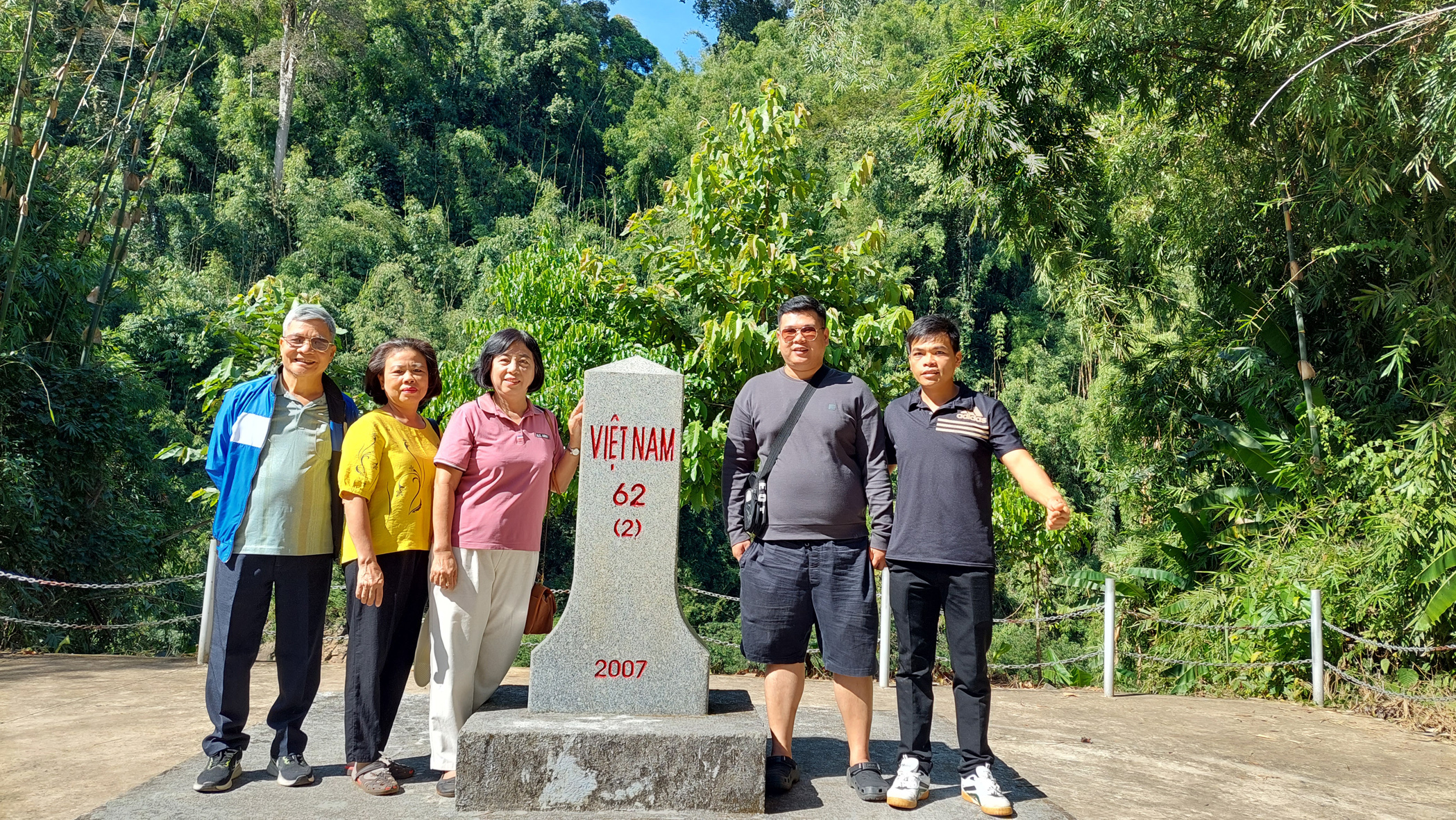
Tourists take photos at milestone 62 (2) on the banks of the Dak Huyt River
Although each heritage tree has a QR code attached, visitors can simply scan their phones to find out full information about the tree's name and age, but Kien still enthusiastically explains as if he wants to share his love of the forest with visitors.
The group of 37 odd-sized trees (lagerstroemia) are numbered for easy reference and management of each tree. Each tree has its own shape, and if anyone is too busy taking photos, it is easy to get lost in the forest, so although the group is only 4 people, Kien has to continuously check the roll. Odd-sized tree number 2 has a sturdy base, about 4-5 m high, the trunk splits into two large branches, looking like a strong man stretching his arms up to look at the blue sky. Odd-sized tree number 15 has a sturdy round base with a circumference of nearly 5 m, as if showing off the strength of its 295-year-old age, supporting a 35 m-high trunk.
Kudos to the forest lovers who noticed the intertwined shape of the trees and posted a sign "Love Lagerstroemia Tree" that makes couples who see this tree immediately stop to take a souvenir photo.
Keep the forest peaceful
The prolonged heat has put forests on high fire alert. The garden is no exception.
Leaving the heritage forest, our car drove on the road between the forest sub-areas adjacent to the buffer zone in Bu Gia Map and Dak O communes. Suddenly seeing a line of fire burning in the distance, we were startled, thinking we were passing through a forest fire area. Mr. Kien reassured us that it was a fire burning dry leaves carried out by forest rangers and people contracted to protect the forest to create firebreaks and prevent forest fires in the dry season. Kien explained: The garden has a very large area of bamboo trees, and this tree species is very flammable in the dry season. Meanwhile, many sub-areas bordering rubber and cashew gardens of local people have a high risk of fire spreading to the forest because people often burn and clear their gardens in the dry season.
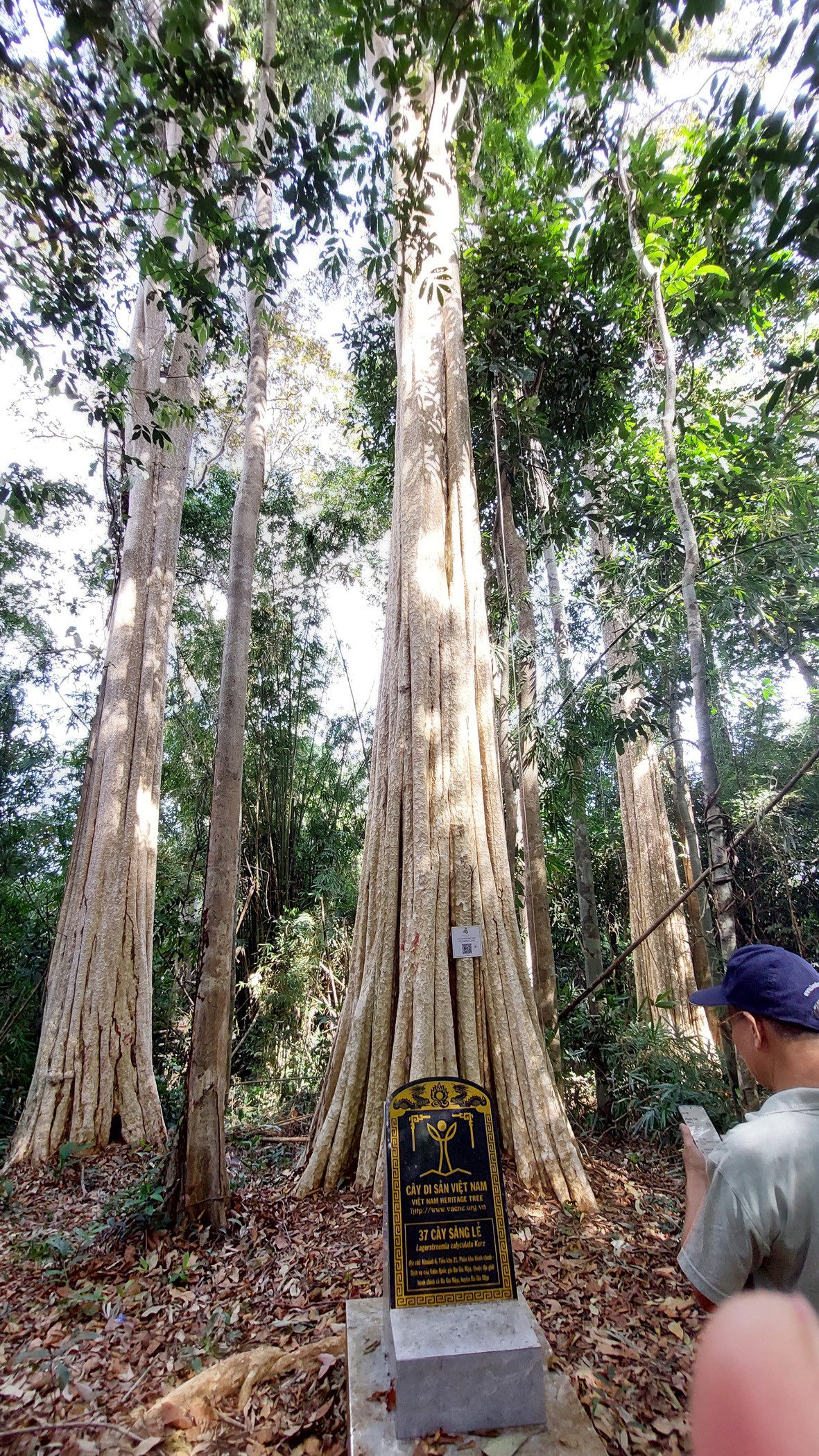
Heritage tree population
Observing how to create firebreaks, we saw people gathering dry leaves in open spaces at the edge of the forest bordering their gardens, then burning them to ashes to create a space to prevent ignition sources. Burning dry leaves is not about burning quickly, but gathering enough clumps of leaves to control the height of the fire, not letting it scorch or damage the lower branches of the forest.
Mr. Kien said that every day working on creating firebreaks, the rangers and the teams contracted to protect the forest have a hard time, sometimes people have to bring lunch to eat on the spot. Their happiness is that no forest fires have occurred during the dry season.
In our eyes, the rows of lights blocking the fire were so beautiful! The image of each cluster of fire emitting smoke touching the afternoon sunlight and creating patches of light across the road was magical. The image of people who were not afraid of hardship and patiently kept the forest peaceful was beautiful.
At this point we understand more why the Management Board does not allow visitors to freely enter the forest without a tour guide to ensure observation and remind visitors to comply with regulations on forest fire prevention and safety.
Emotions surge
The next day we visited the border area along the Dak Huyt River, located in a primeval forest of the park.
Lieutenant Colonel Nguyen Tien Sy, Deputy Head of the Mass Mobilization Team of Border Guard Station 783 stationed in Dak O commune, guided us to landmark 62 (2), through beautiful forest road curves. Binh Phuoc belongs to the Southeast region, has 3 border districts: Bu Gia Map, Bu Dop, Loc Ninh, bordering the Kingdom of Cambodia, with 28 main landmarks and 173 sub-markers. The border line of Bu Gia Map district is 63.319 km long, bordering O Rang district, Mondulkiri province of Cambodia, with 2 main landmarks and 38 sub-markers, managed and protected by 5 border guards. Border Guard Station 783 manages and protects 15.896 km of border line including 2 main landmarks and 7 sub-markers.
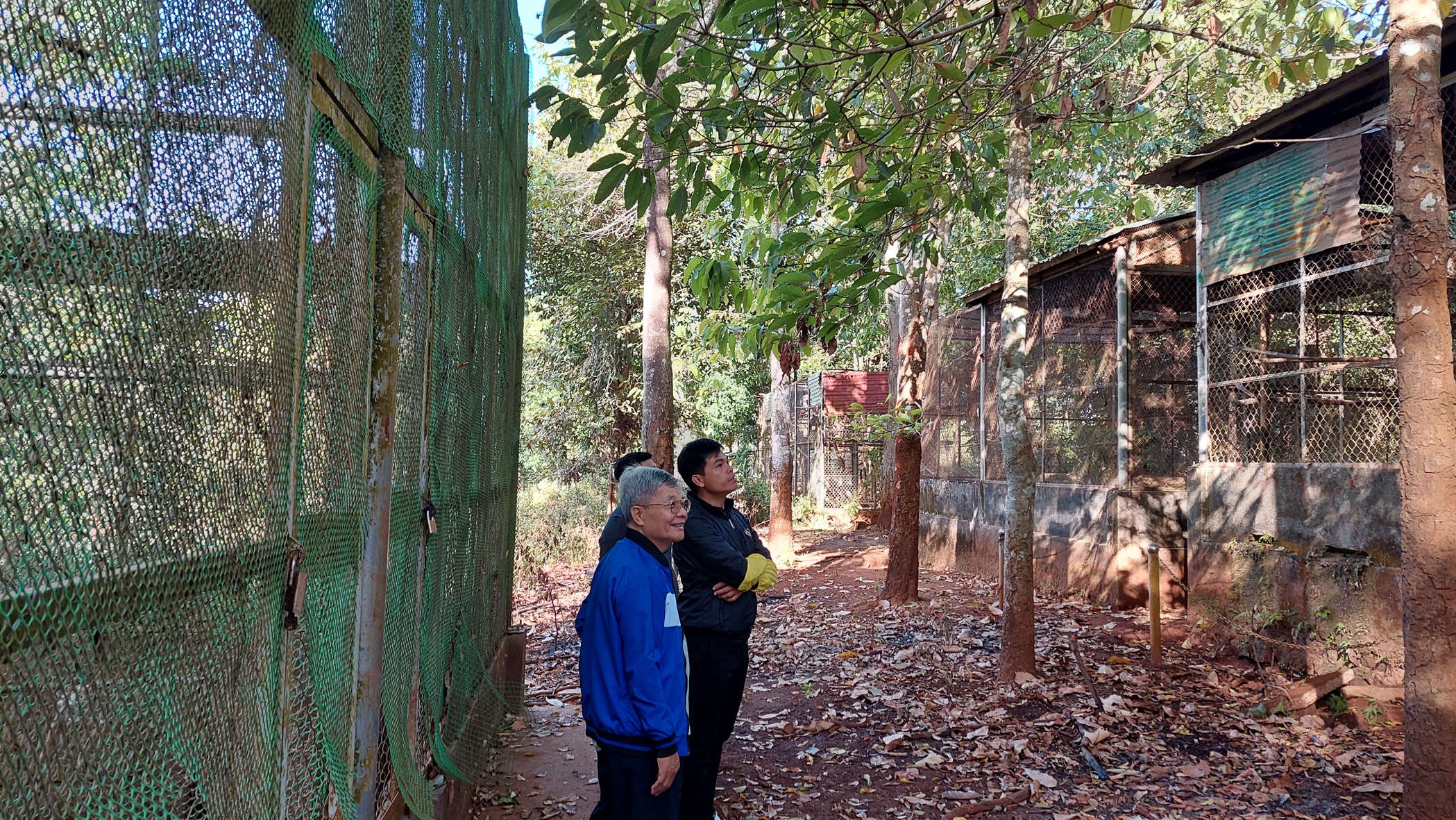
Visitors to the wildlife rescue area
Lieutenant Colonel Nguyen Tien Sy said that the border within the scope of Border Guard Station 783 is managed and protected by the Dak Huyt River. On the river border, the border markers are located on the river banks of the two countries' territories. The border markers planted on Vietnam's territory are marked with the number 2 in parentheses; the border markers planted on the river banks of Cambodia's territory are marked with the number 1 in parentheses.
Landmark 62 (2) was built in 2007 and completed in March 2009. Lieutenant Colonel Sy said the border area is located on steep hills and many rivers and streams, so it is very difficult to travel and build the landmarks. The most difficult is the border line of Bu Gia Map district, most of the sub-markers are located on the banks of the Dak Huyt river. At that time, there were no roads through the forest, so the transportation of construction materials was by river. Currently, when patrolling some sub-markers, officers and soldiers still have to cross the forest and wade through rivers and streams, which is quite difficult.
The border guards not only have the duty to protect the border, territorial sovereignty , national security, but also work with the garden to protect the forest, especially receiving groups of visitors to spread the love of the homeland, helping people to recognize the territorial scope. Listening to the clear and emotional explanations of the person directly responsible for protecting the border, when taking souvenir photos next to landmark 62 (2), we felt the sacredness of the place we set foot on.
Nurturing love for the forest
On the last day, Mr. Kien took us to the park’s wildlife rescue area. This is where many rescued animals are cared for, training them in survival skills in the wild before releasing them back into the forest. Many animals that are injured or have lost the ability to live in the wild are raised here permanently.
Mr. Kien gave us a very interesting biology lesson, with a lot of knowledge about each wild species. For example, long-tailed macaques are not only good at climbing but also good at swimming and diving. Weasels sleep during the day and eat at night. Pangolins eat termites and yellow ants. Yellow-cheeked gibbons are very loyal. When one parent dies, the remaining one takes care of the babies and does not look for another mate.
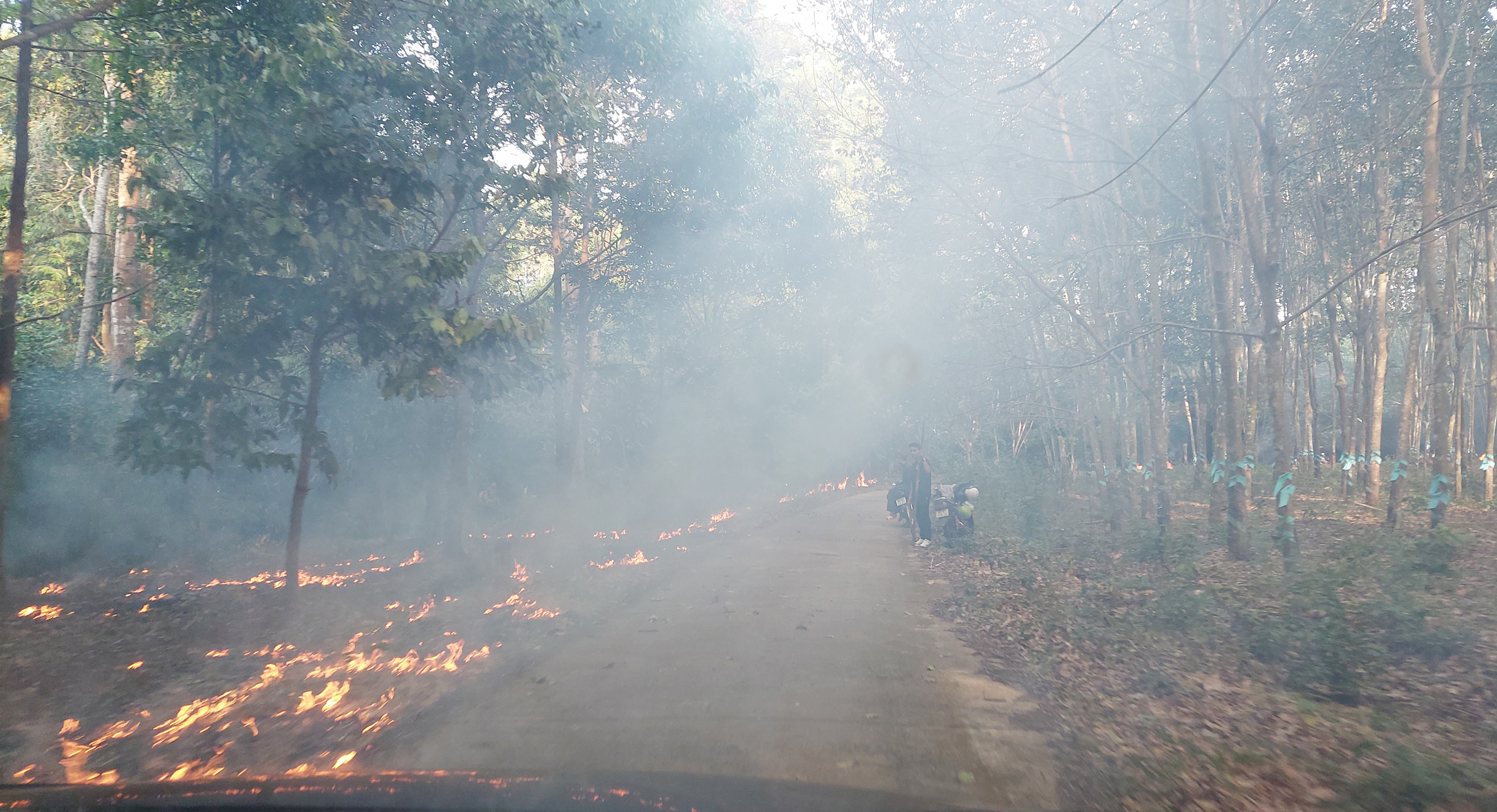
Firebreaks for forest fire prevention
The staff at this rescue center are busy all day, from cleaning animal cages; picking vegetables and fruits, cooking rice and food for animals; finding special foods for animals such as termite nests and yellow ant nests; and planting some vegetables and fruits to have a regular food source for the animals here.
Seeing a pretty wooden house in the rescue area, I asked if it was a guesthouse for tourists. Mr. Kien said it was a shared house for volunteers taking care of wild animals. It turned out that the park had activities for volunteer registration. Their main job was to take care of rescued wild animals under the guidance of the park staff. You only need to worry about the cost of traveling to Bu Gia Map and take care of your own food and drink during your stay here, you do not have to pay any other fees to the park.
Mr. Kien said that after a week of work experience, many volunteers thanked the garden staff for instilling in them a love for the forest and animals living in the natural environment. Some volunteers were lucky enough to participate in releasing rescued animals back into the wild, making them feel that their work was even more meaningful.
Unfortunately, the day we arrived, a group of volunteers had just left after a week of work, so we didn’t have a chance to meet them and hear their feelings. If we could arrange a week to come here and sign up to volunteer, we would probably have more love for nature.
When preparing to go to the forest, everyone brought fans because the weather was quite hot, but walking under the canopy of tall trees in the forest, no one sweated. The sunlight through the leaves on the high trees was enough to create beautiful light for photos, so hats were only for posing, sometimes we took them off to feel the gentle breeze in the forest.
Source: https://nld.com.vn/cham-vao-thien-nhien-bu-gia-map-196240622185442581.htm


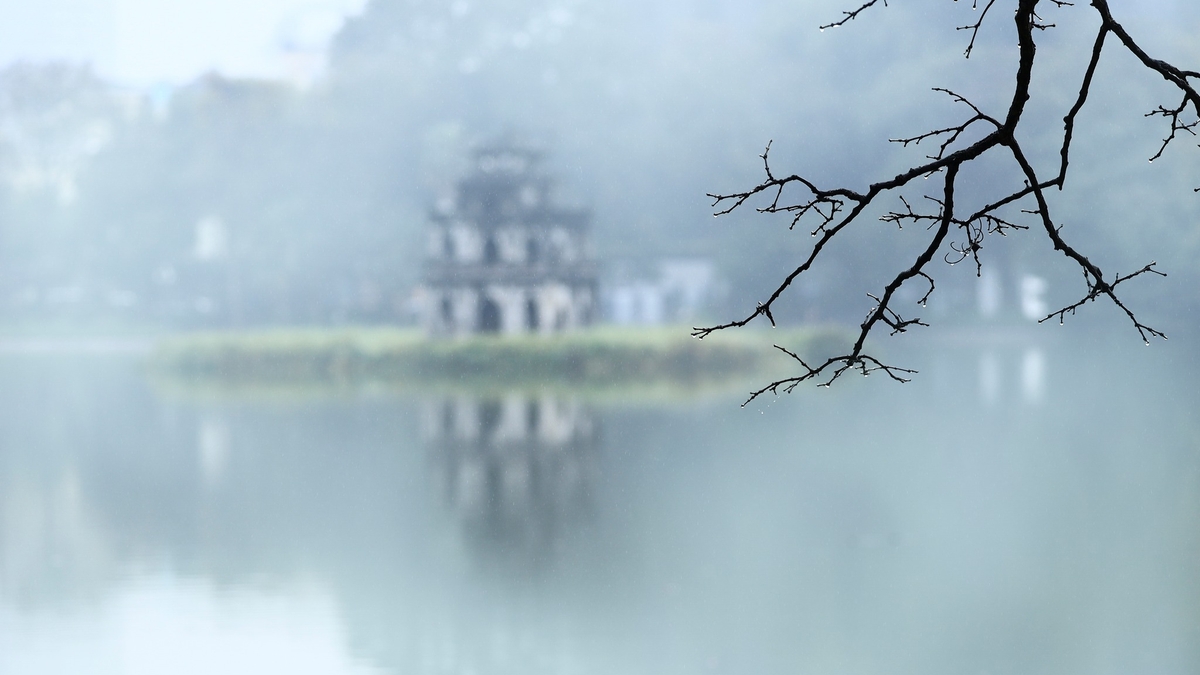
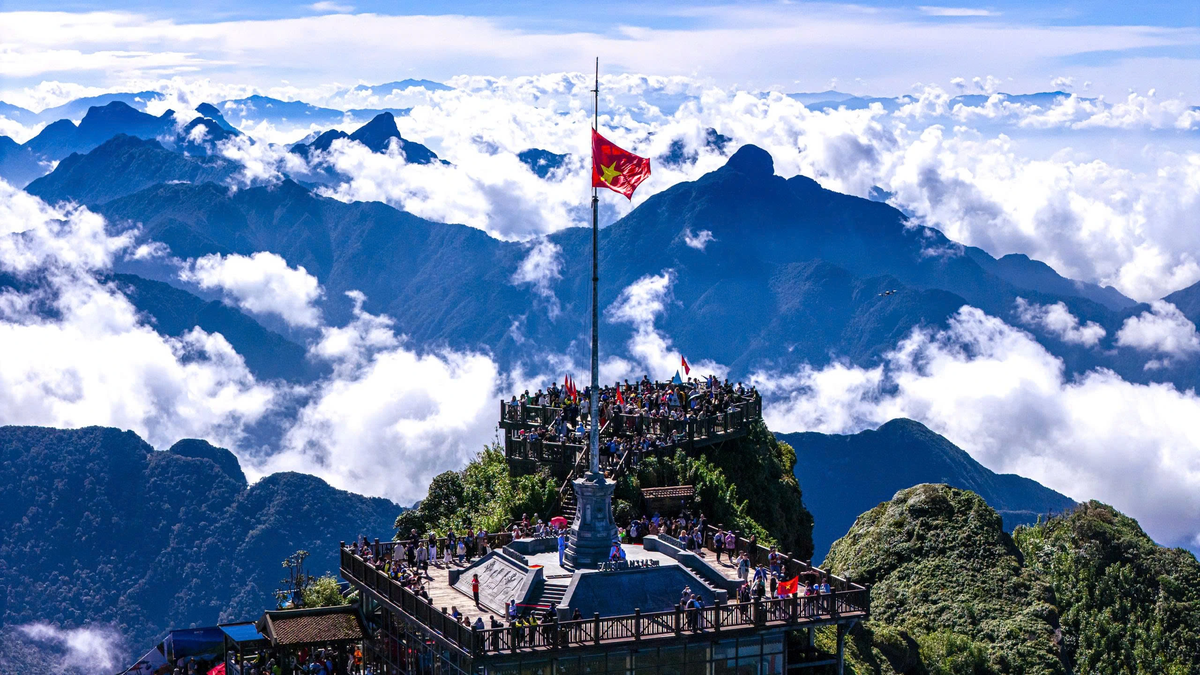


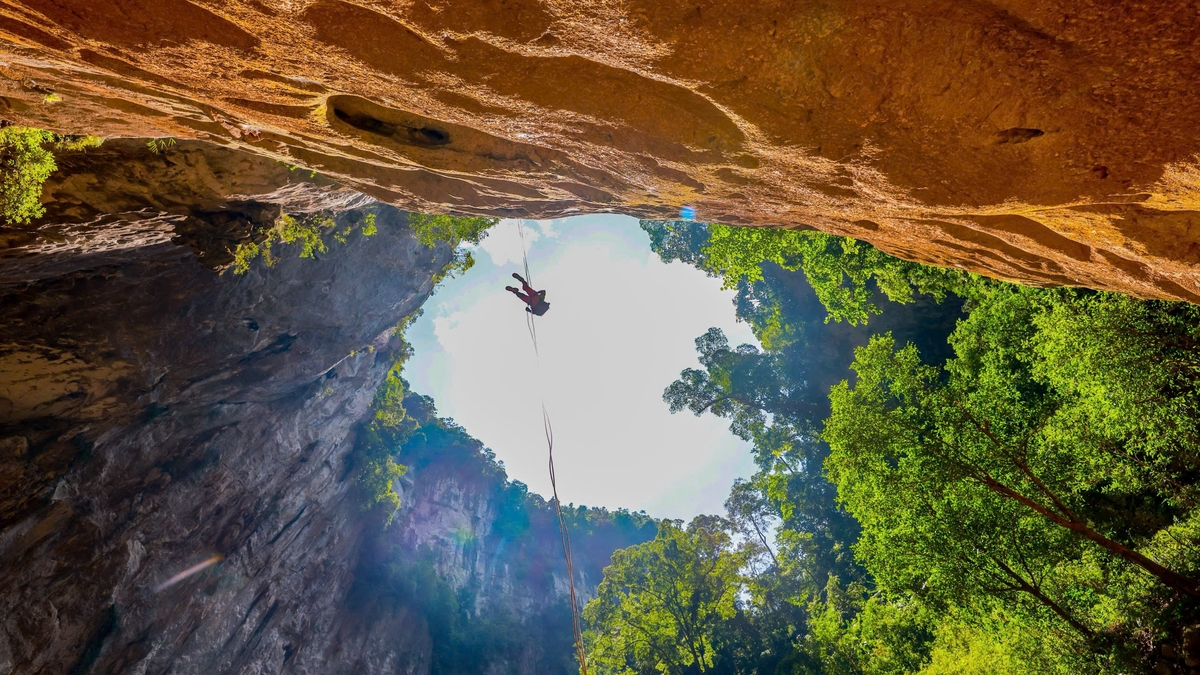
![[Photo] The 5th Patriotic Emulation Congress of the Central Inspection Commission](https://vphoto.vietnam.vn/thumb/1200x675/vietnam/resource/IMAGE/2025/10/27/1761566862838_ndo_br_1-1858-jpg.webp)


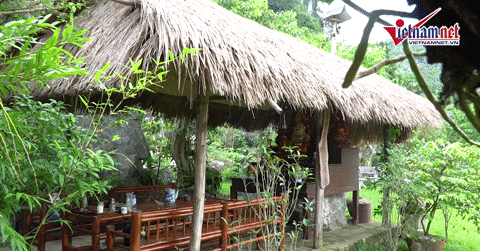



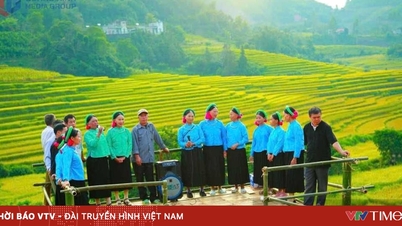

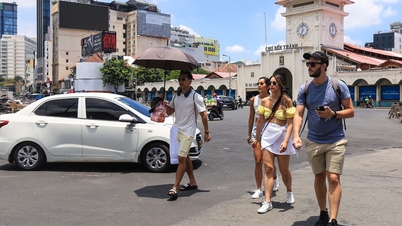











![[Photo] Party Committees of Central Party agencies summarize the implementation of Resolution No. 18-NQ/TW and the direction of the Party Congress](https://vphoto.vietnam.vn/thumb/1200x675/vietnam/resource/IMAGE/2025/10/27/1761545645968_ndo_br_1-jpg.webp)
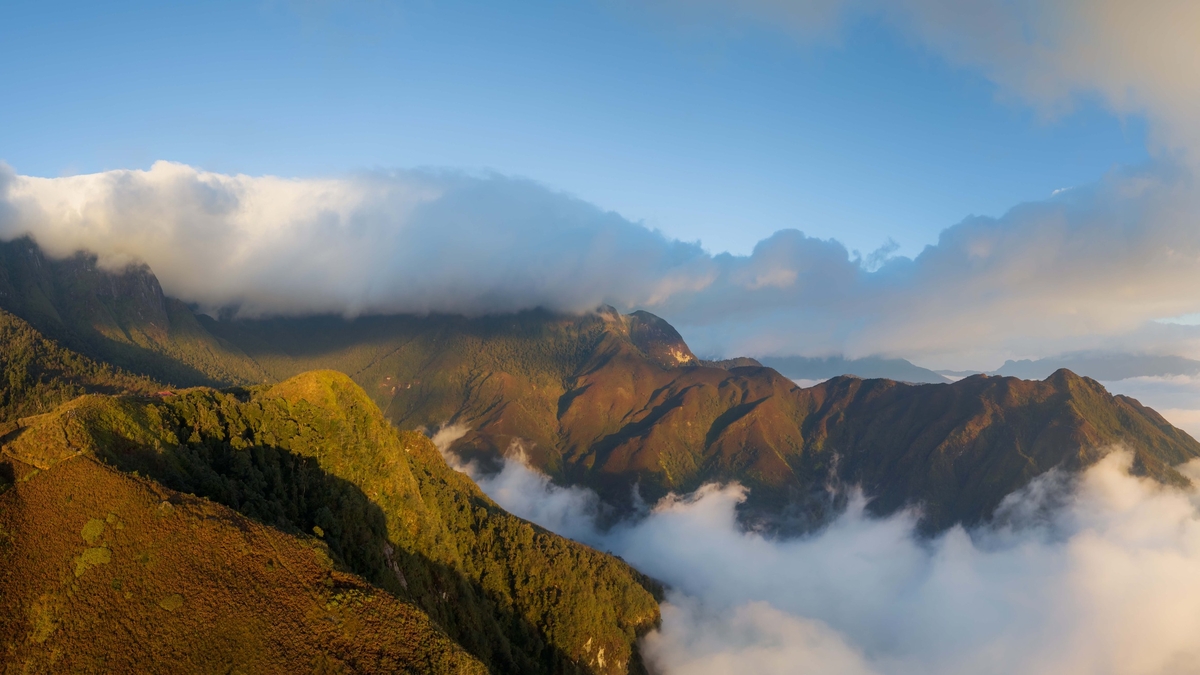
![[Photo] National Assembly Chairman Tran Thanh Man receives Chairman of the House of Representatives of Uzbekistan Nuriddin Ismoilov](https://vphoto.vietnam.vn/thumb/1200x675/vietnam/resource/IMAGE/2025/10/27/1761542647910_bnd-2610-jpg.webp)

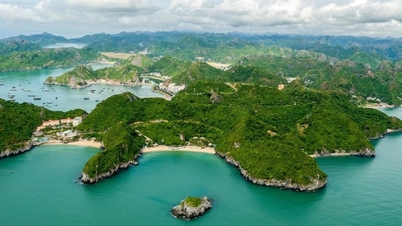

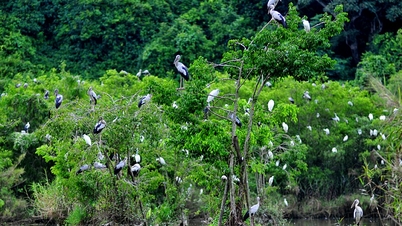

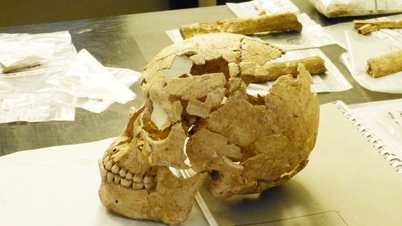
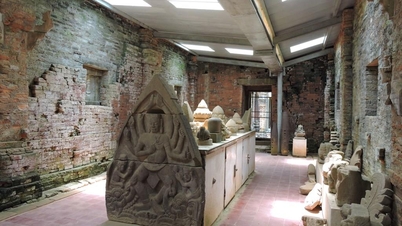





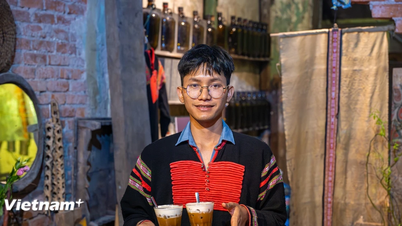



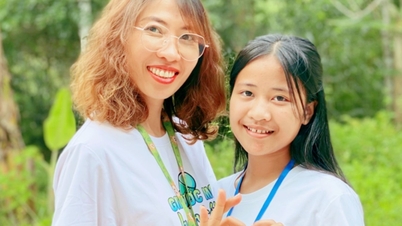









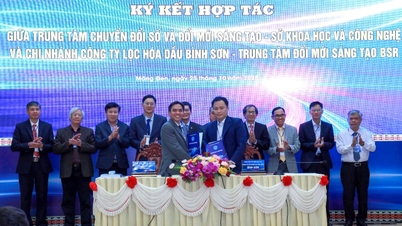

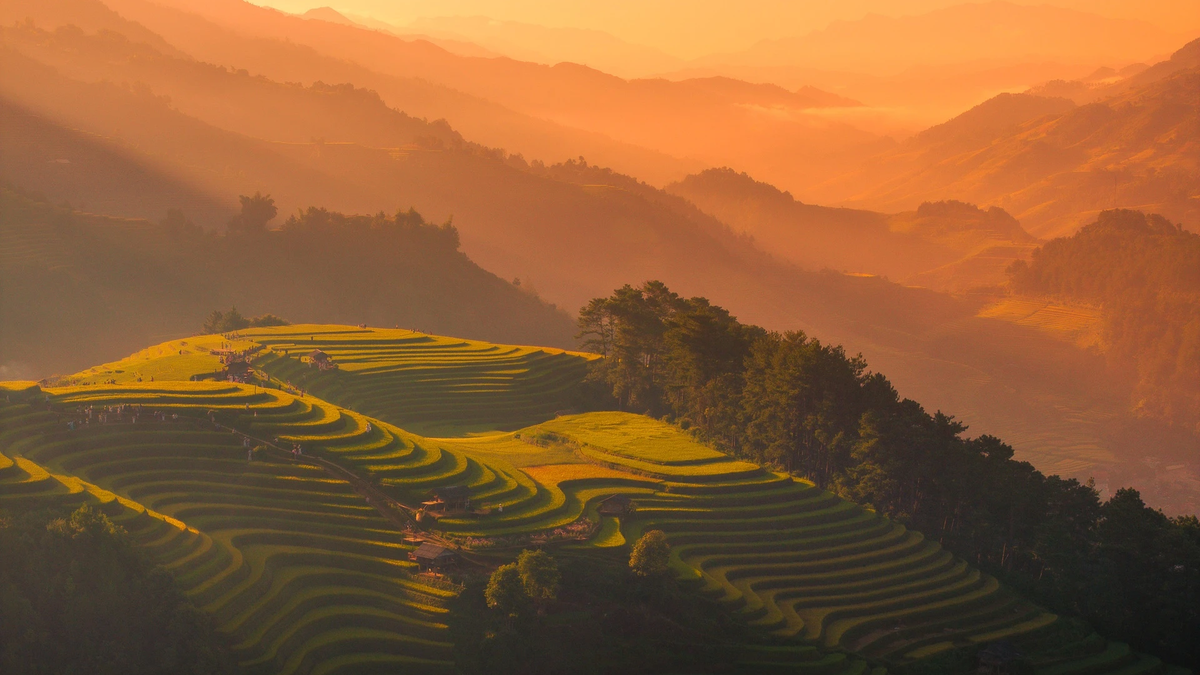

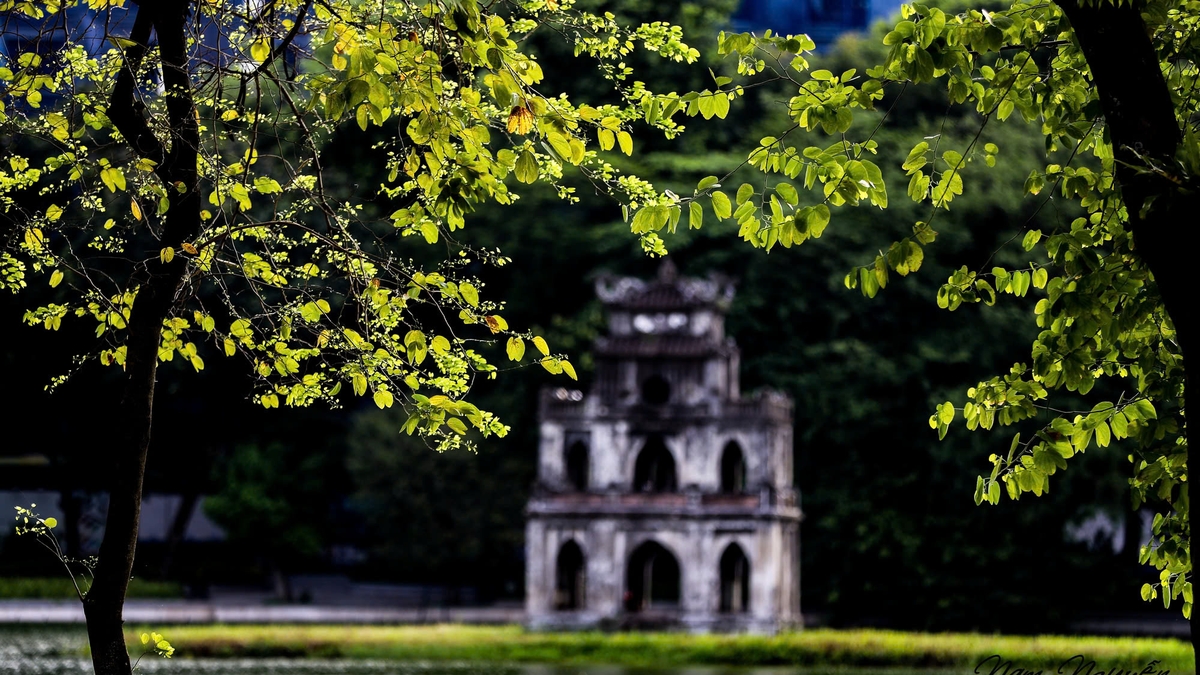
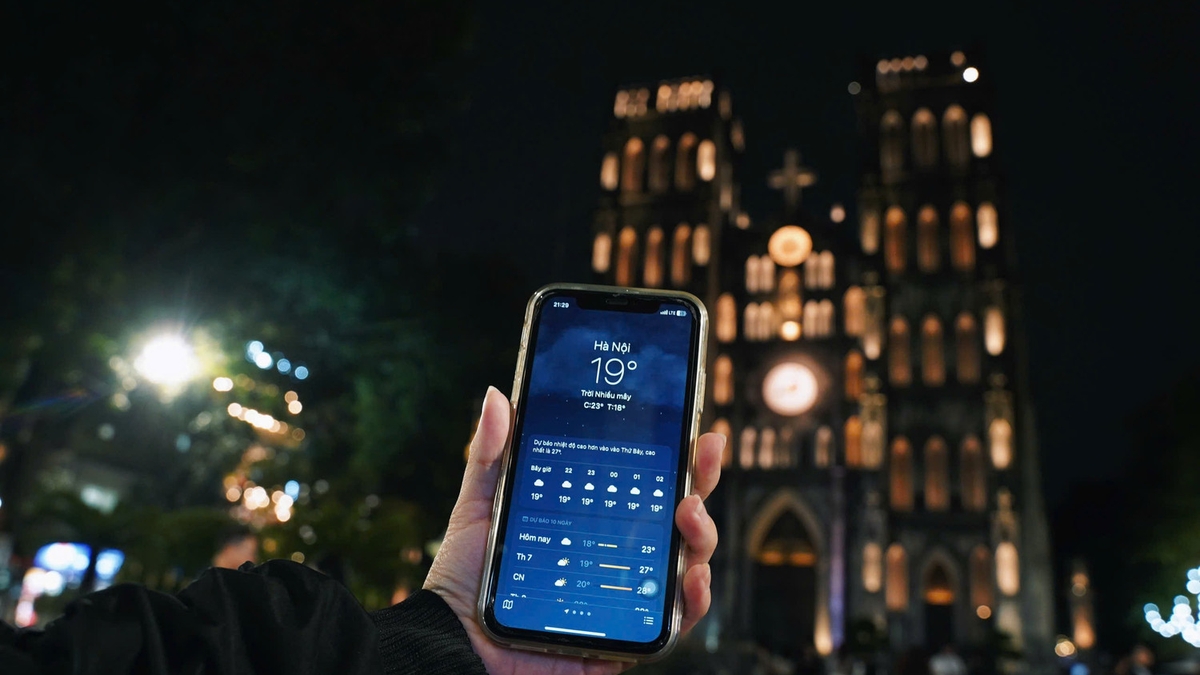
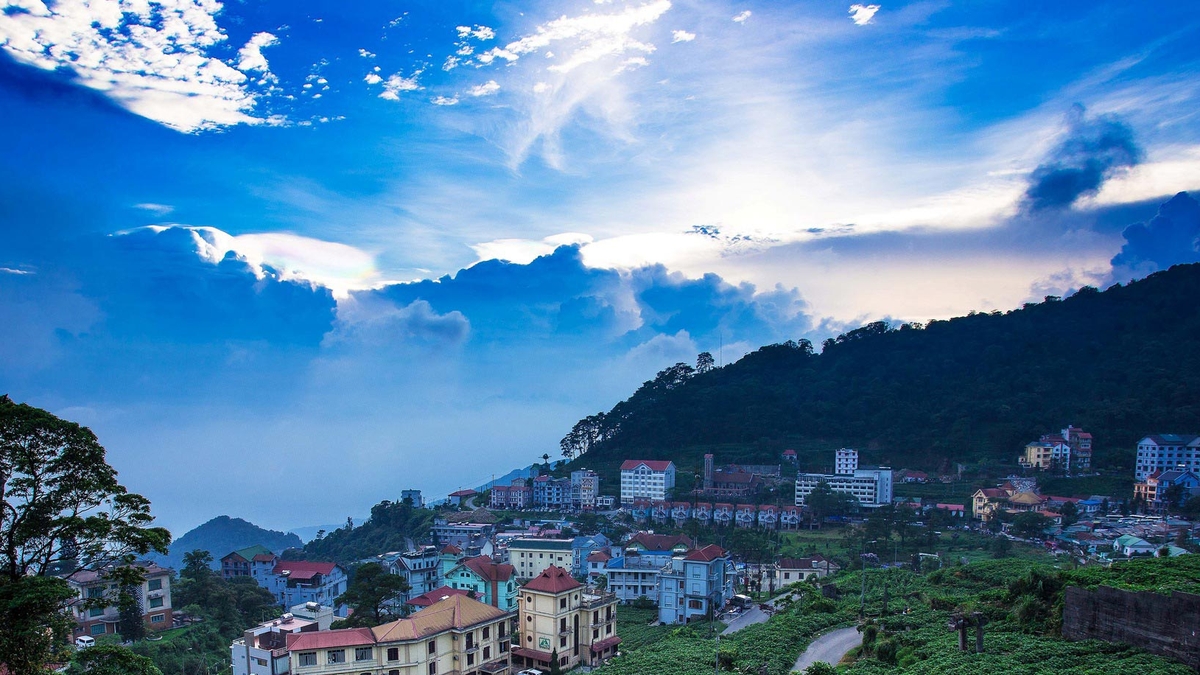
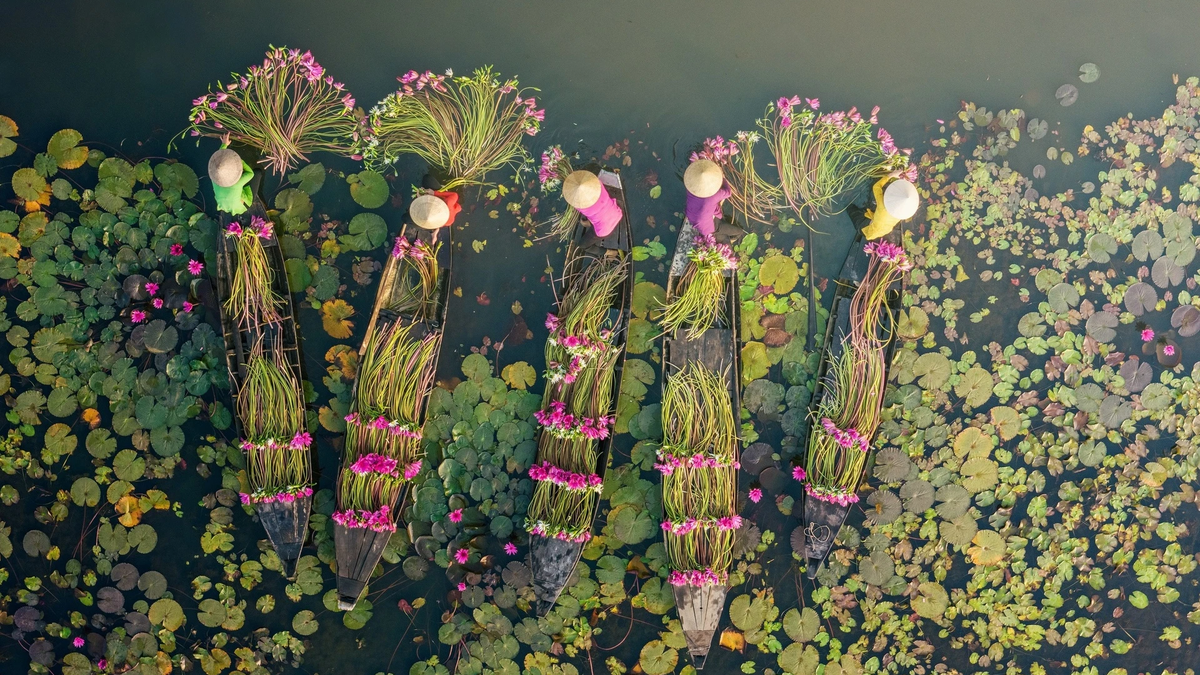
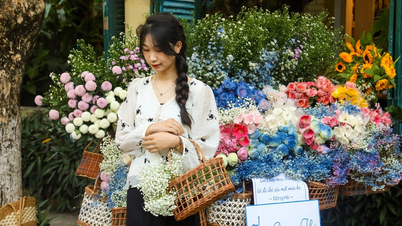




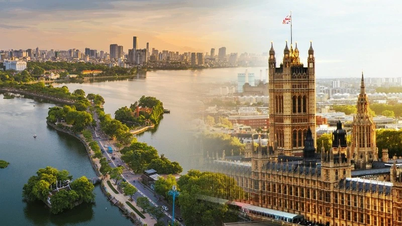


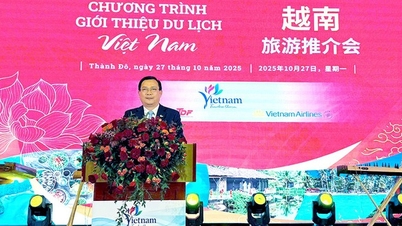

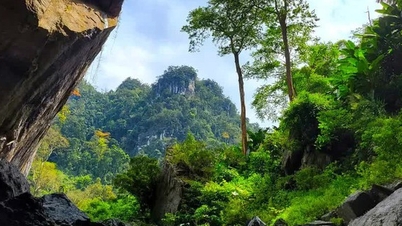
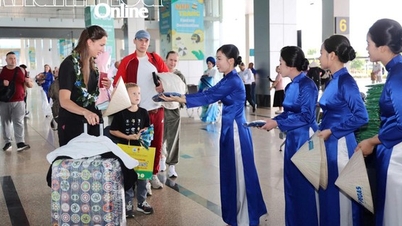
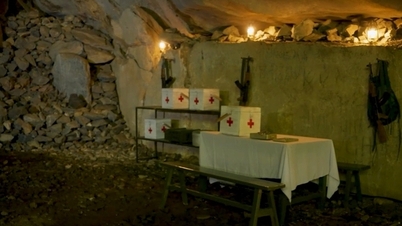


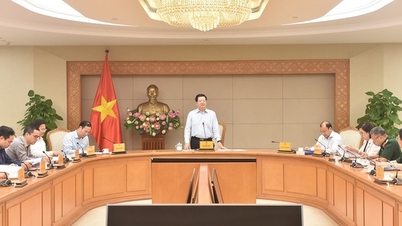
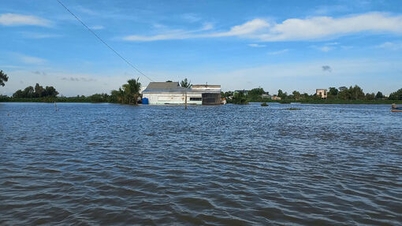

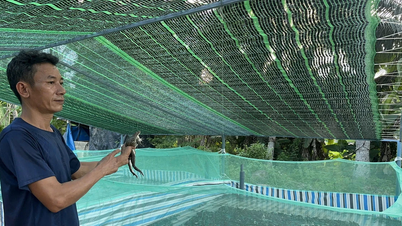

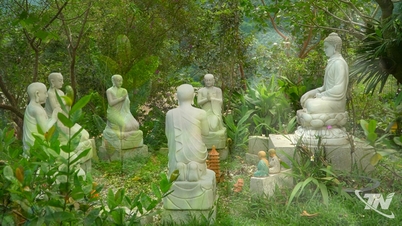

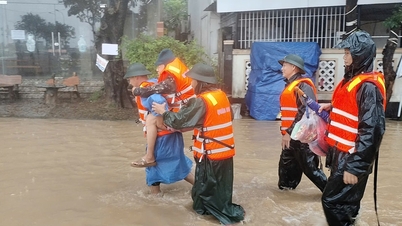





















Comment (0)